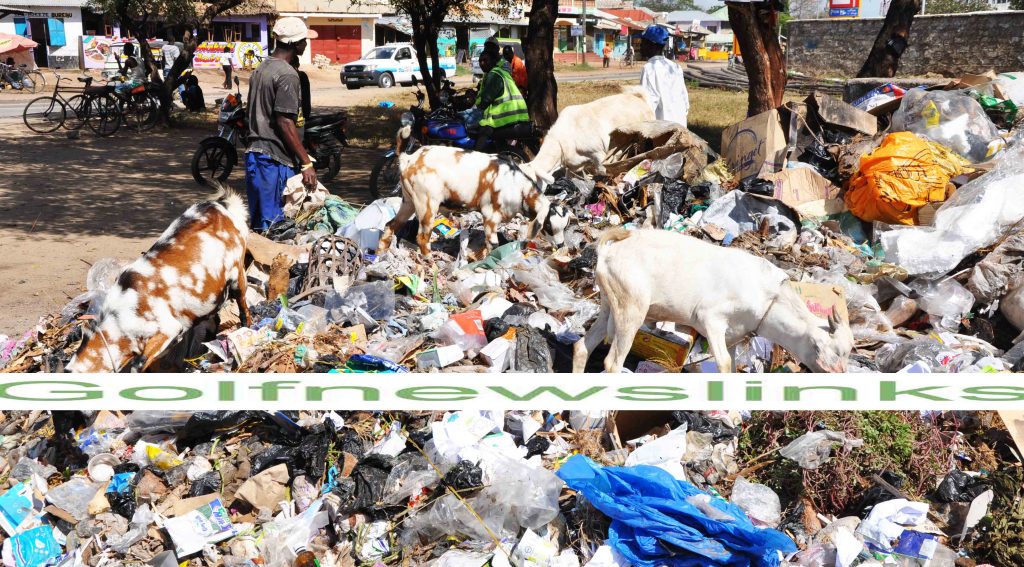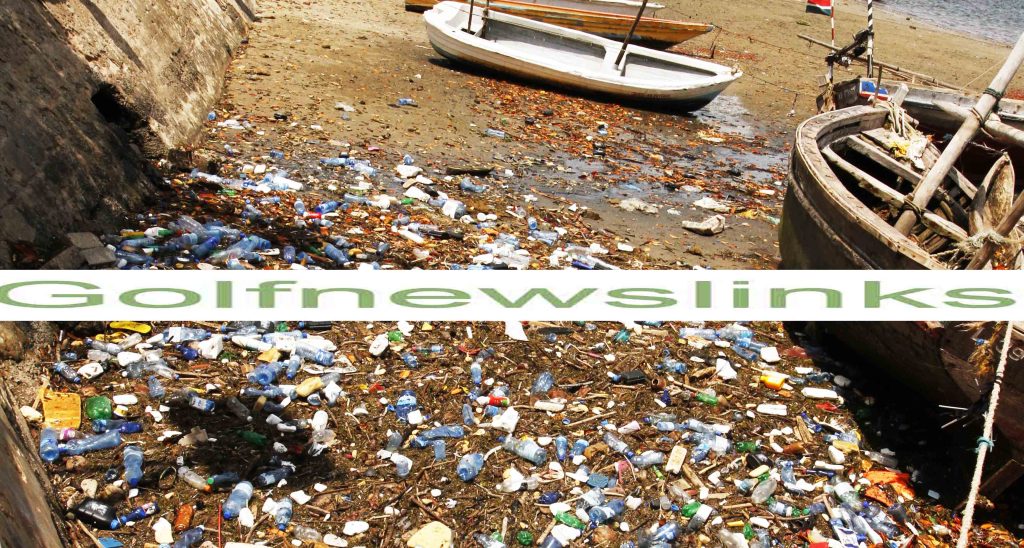AS UNEP launches #Beat Pollution, a strategy for rapid, large-scale and coordinated action against air, land and water pollution;
MAARUFU MOHAMED-GOLFNEWSLINKS;
Along the southeastern coast of Uruguay lies Punta del Este, a City known for its Beaches, Woodlands and, now, as the site where historic negotiations to end global plastic pollution.

According to UN-Environment programme, representatives from Governments, the private sector and civil society started developing an international legally binding instrument to end plastic pollution, including in the marine environment, a document they hope to finalize by 2024.
The first session of this Intergovernmental Negotiating Committee (INC), known as INC-1, comes nine months after representatives from 175 countries endorsed a landmark resolution on plastic pollution at the United Nations Environment Assembly.
Countries tasked the UN Environment Programme (UNEP) with convening and managing the INC process.
The resolution comes amid a mounting plastic crisis that experts say threatens the environment, human health and the economy.
Research shows that humanity produces around 460 million metric tons of plastic a year, and without urgent action, this will triple by 2060.

According to one UNEP study, over 14 million metric tons of plastic enters and damages aquatic ecosystems annually, and greenhouse gas emissions associated with plastics are expected to account for 15 per cent of the total emissions allowable by 2050 if humanity is to limit global warming to 1.5°C.

Executive Secretary of the INC Secretariat on Plastic Pollution Jyoti Mathur-Filipp said, “The science is clear, we need rapid, ambitious and meaningful global action to curb plastic pollution. At INC-1, we can lay the groundwork needed to implement a life-cycle approach to plastic pollution, which would significantly contribute to ending the triple planetary crisis of climate change, nature and biodiversity loss, and pollution and waste.”
Experts say that recycling alone can’t end plastic pollution and that humanity needs to consume and produce less of the material.
That has led to what’s known as the life-cycle approach along with managing plastic waste and promoting reuse, it examines how products are designed, produced and distributed and attempts to reduce the amount of plastic used along the way.
Director of UNEP’s Economy Division Sheila Aggarwal Khan said, “We are not going to recycle or ban our way out of the plastic pollution crisis. Waste collection and recycling are extremely important, but they must be part of an integrated approach.”
According to a UNEP report, a life-cycle approach can reduce the volume of plastics entering the ocean by over 80 per cent and save governments US$70 billion by 2040. It can also reduce greenhouse gas emissions by 25 per cent and create 700,000 jobs.

Negotiators at INC-1 are tasked with preparing measures and obligations related to the development of the legally binding treaty.
The INC secretariat has prepared an analysis of issues that revolve around four main areas needed to transition to a circular economy, eliminating and substituting unnecessary plastic and hazardous additives, designing plastic products to be reused and recycled, ensuring products are reused and recycled, and managing plastic pollution in an environmentally responsible manner.
Research shows that humanity produces around 460 million metric tons of plastic a year, and without urgent action, this will triple by 2060.
Given the unanimous endorsement of the resolution at the UN Environment Assembly, experts are hopeful that Member States will discuss the objectives and scopes of the instrument at INC-1.
This could involve agreeing to ambitious targets, legal obligations and regular monitoring and reporting. Examples of possible measures include extended producer responsibility legislation on subsidies, taxes and tariffs, and bans or restrictions on specific substances, polymers or products.

Mathur Filipp said, “Negotiators have the opportunity to foster innovation at this early stage in the process – looking to the future, learning from the past. The UN Environment Assembly resolution guides the work. It’s really important to not renegotiate things that have already been agreed to.”
The proposed timetable involves four more INC meetings through November 2024, and UNEP will report on the INC’s progress during the sixth session of the United Nations Environment Assembly in February 2024.
Once INC negotiations are completed, UNEP will convene a diplomatic conference to adopt the instrument and open it for signatures.
Filipp said “We are optimistic we can come up with an agreement, but there will need to be flexibility. We have a short time frame. The different needs and circumstances of Member States is recognized in the resolution, so solutions will have to reflect that.”
As negotiations ramp up over the coming months, governments, businesses and citizens must continue to shift away from single-use plastic products and integrate a life-cycle approach to the plastic value chain, say experts.
“There is massive public attention on this treaty, and we must build on this momentum. With collaboration and urgent action, INC-1 can signal the official start of a really meaningful and impactful movement, now and into the future, “added Filipp.
To fight the pervasive impact of pollution on society, UNEP launched #Beat Pollution, a strategy for rapid, large-scale and coordinated action against air, land and water pollution.
The strategy highlights the impact of pollution on climate change, nature and biodiversity loss, and human health.
Science-based messaging, the campaign showcases how transitioning to a pollution-free planet is vital for future generations.
ENDS;

























